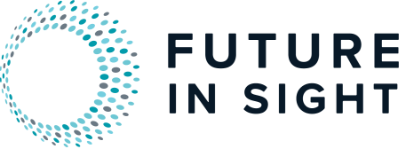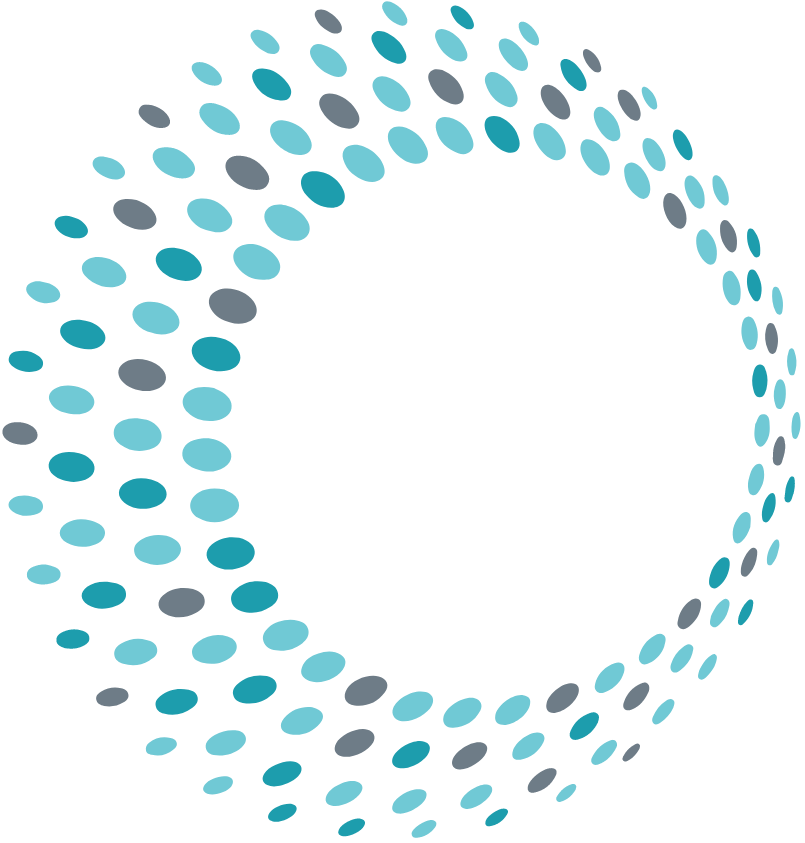Future In Sight strives to transform the lives of more than 6,000 people of all ages who have sight loss statewide by offering them education, training, assistive technology, and support.
Future In Sight is an independent, statewide organization that provides services throughout New Hampshire. It is fully accredited by the National Accreditation Council for Blind and Low Vision Services and is a member agency of VisionServe Alliance, a networking group of 100 leading agencies around the country providing vision rehabilitation services.
The social worker reviews all information collected and then discusses objectives with each person applying for services. Together they agree on an individual service plan. The social worker also explains how our services are provided and how they may be funded. All clients are asked to contribute toward their service at a level they can afford. No one is denied service due to inability to pay.
Services from occupational therapists are often covered by Medicare Part B, Medicaid, and private insurance plans. Some vision rehabilitation services may be reimbursed via our partnerships with state agencies and school districts. Funding is available through contributions from individuals, foundations, businesses and other service organizations.
Both are an option – the professional service staff will come to your home, school or place of employment but we also provide low vision evaluations, group support and training programs at our office on 25 Walker Street, Concord NH.
There are a number of guide dog schools around the country that specialize in training dog guides and their users. It is a personal choice whether a person who is visually impaired uses a dog to travel independently. Future In Sight can provide resources to these schools.
The white cane is the international symbol of blindness. After training, a person who is visually impaired uses a white cane to travel independently to locate steps, curbs, streets, driveways, elevators, chairs, hallways, etc. The cane is long enough to be about two steps ahead of one’s feet so one finds things with the cane before one gets to them. Each state has a white can law that states that blind and visually impaired persons using a white cane or guide dog has the same rights of public access as sighted people. This person can take their cane or guide dog into public buildings, restaurants, theaters, bowling alleys, airplanes, etc.
As a first resource, talk with your physician, optometrist or ophthalmologist about your questions or concerns. On our resources page you can find links to local and national companies.
Legal blindness is an arbitrary definition used to determine eligibility for government disability benefits. In the United States the criteria for legal blindness are: 1) Visual acuity of 20/200 or worse in the better eye with corrective lenses. This means that a person at 20 feet from an eye chart can see what a person with normal vision can see at 200 feet. 2.) Visual field restriction to 20 degrees diameter or less in the better eye. Source: Webster’s New World Medical Dictionary.
Professional services are just a phone call or email away.
1-800-464-3075 (Toll free in NH)
(603) 224-4039 (Local)
The term “referral” is often heard in health care and can cause quite a lot of confusion. It is simply the means by which a person is brough to the attention of a provider, an agency, or organization who is in the position to render services that would be beneficial to that person. In practice, this might mean that a parent refers their child to Future In Sight for school-based vision services or a visiting nurse refers a patient to Future In Sight for vision services in the home. Anyone can initially refer a person to Future In Sight and we have several quick and easy ways that can be accomplished (insert links to appropriate pages here). After completing an intake with the prospective client, we will request an eye report from the client’s optometrist or ophthalmologist. This information is tremendously helpful in understanding the client’s current vision, their medical history, and any ongoing treatment. At that time, we request that they make a referral for the client.
Why the second referral? Our team of low vision Occupational Therapists are licensed by the Office of Professional Licensure and Certification (OPLC) in the State of New Hampshire and are therefor bound by the New Hampshire Occupational Therapy Practice Act which requires that people be referred by a doctor in order to receive occupational therapy services.

